
10 Inspiring Garden Layout Ideas for a Beautiful Outdoor Space
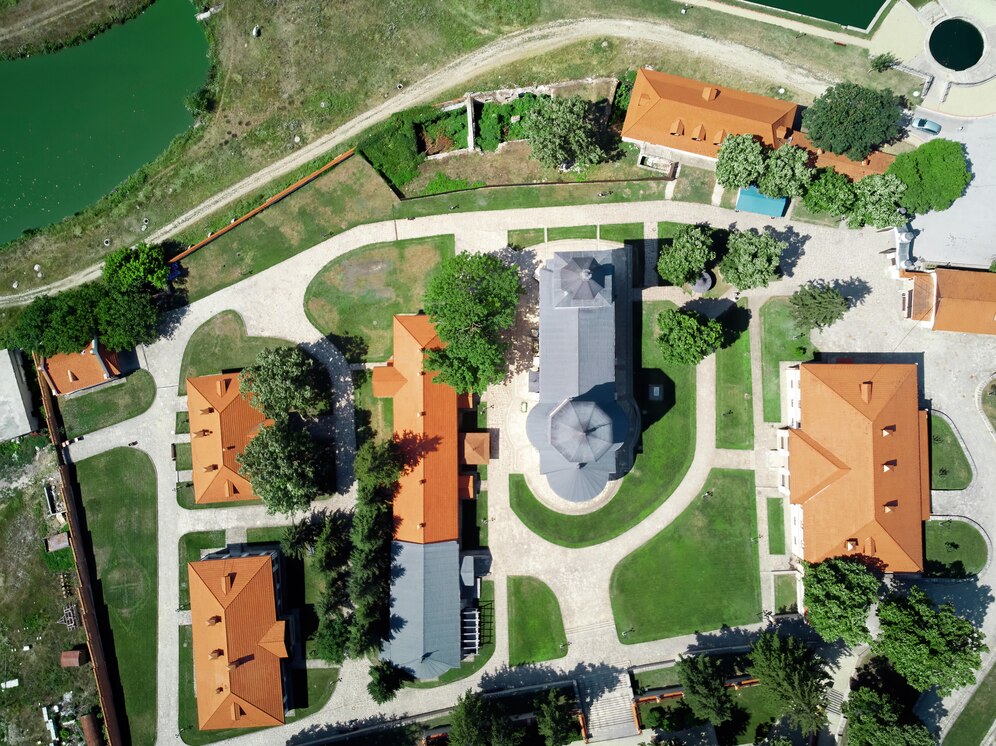
A well-planned garden layout makes outdoor spaces more inviting and functional. The right design balances aesthetics with practicality, ensuring plants thrive while enhancing the overall appeal. Thoughtful placement of paths, seating areas, and flower beds creates a seamless flow.
A symmetrical layout brings order and elegance, while a free-form design embraces a natural look. Raised beds add structure, making gardening easier and more efficient.
A mix of textures, heights, and colors adds depth, turning an ordinary yard into a stunning retreat.Small gardens benefit from vertical elements and compact plant groupings.
Larger spaces offer room for winding pathways, cozy nooks, and statement pieces like fountains or pergolas. Personal touches, such as decorative edging or themed plant selections, add character.
This collection of garden layout ideas provides inspiration for every space, whether a tiny backyard or a sprawling landscape. Explore these concepts to craft a garden that reflects personality and style.
10 Garden Layout Ideas
A well-planned garden layout brings beauty and functionality to any outdoor space. The right design maximizes available space while creating a peaceful retreat.
Thoughtful placement of plants, pathways, and seating areas enhances the garden’s appeal. Here are ten inspiring garden layout ideas to transform any yard into a lush paradise.
1. Symmetrical Garden for a Classic Look
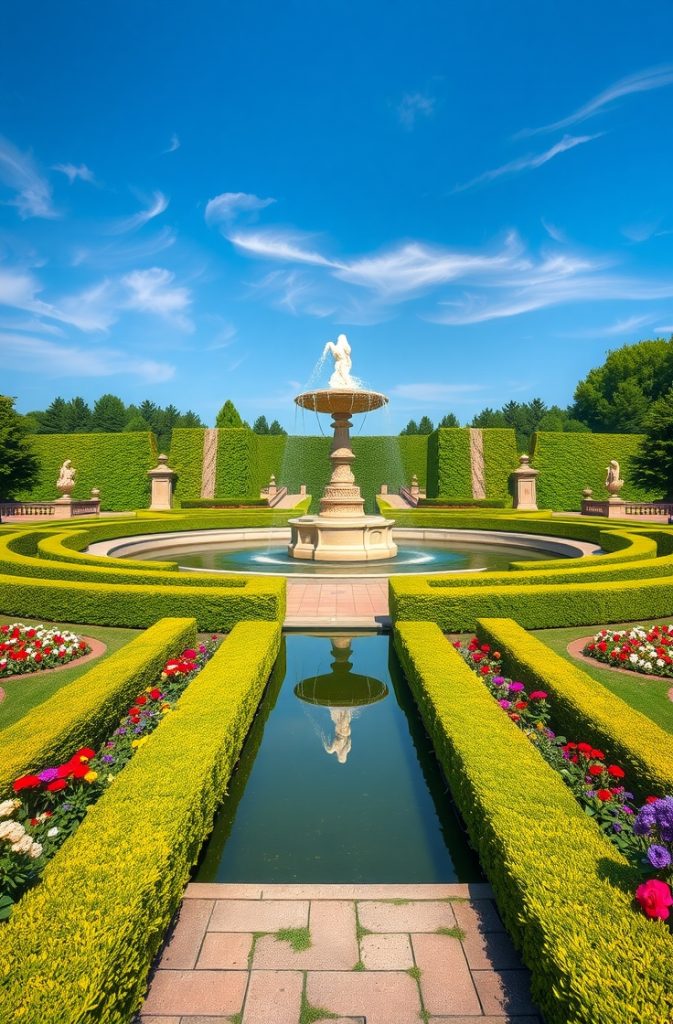
A symmetrical layout creates balance and order. Paths, flower beds, and shrubs follow a mirrored pattern, giving a formal appearance.
Central features like fountains or statues enhance the elegance. This design suits traditional and European-style gardens.
2. Cottage Garden with a Natural Flow
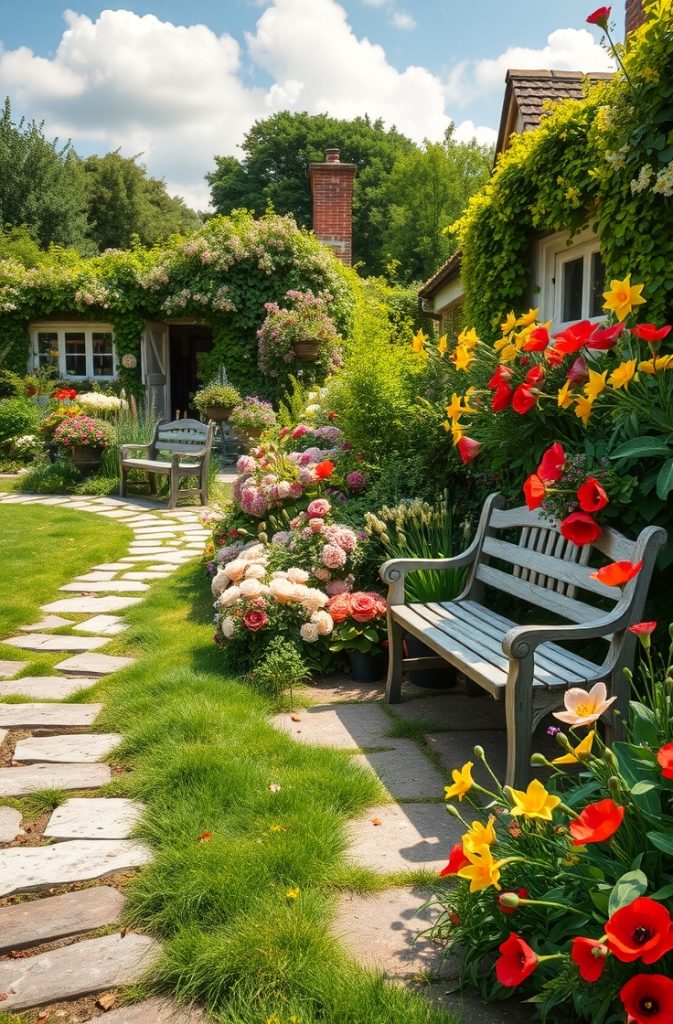
A cottage garden embraces an informal, free-flowing design. A mix of flowers, herbs, and shrubs creates a lush, colorful space.
Winding pathways add charm, while wooden benches provide cozy seating areas. This layout suits small and medium-sized gardens.
3. Raised Bed Garden for Easy Maintenance
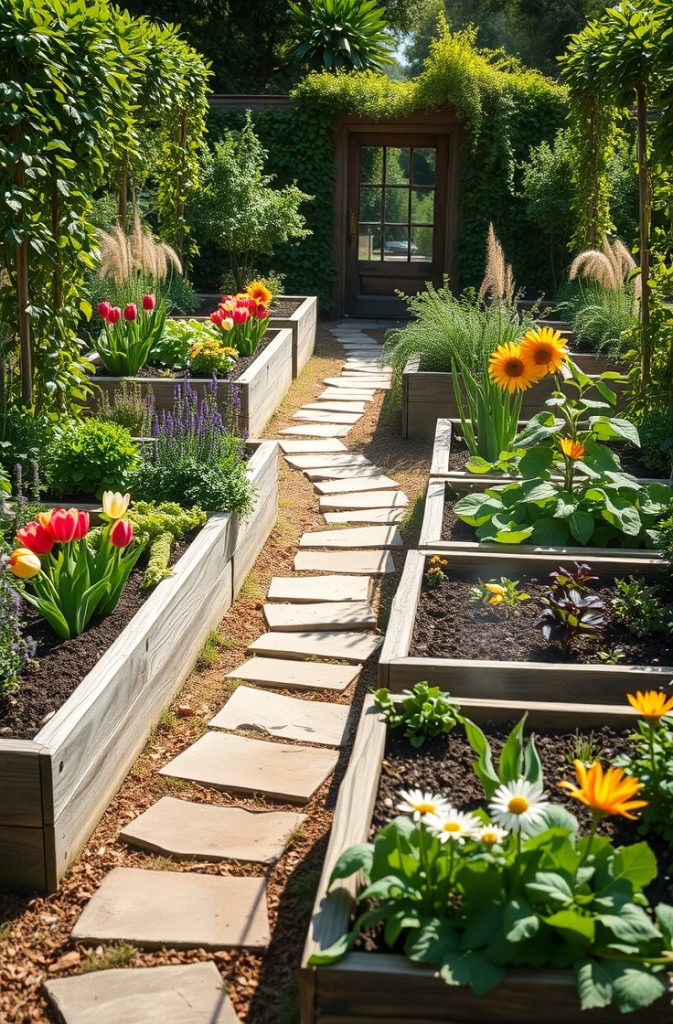
Raised beds offer structure and practicality. Wooden, metal, or stone borders define planting areas, making weeding and watering more manageable.
This layout suits vegetable gardens and decorative flower arrangements, allowing better soil control and drainage.
4. Circular Garden for a Unique Look
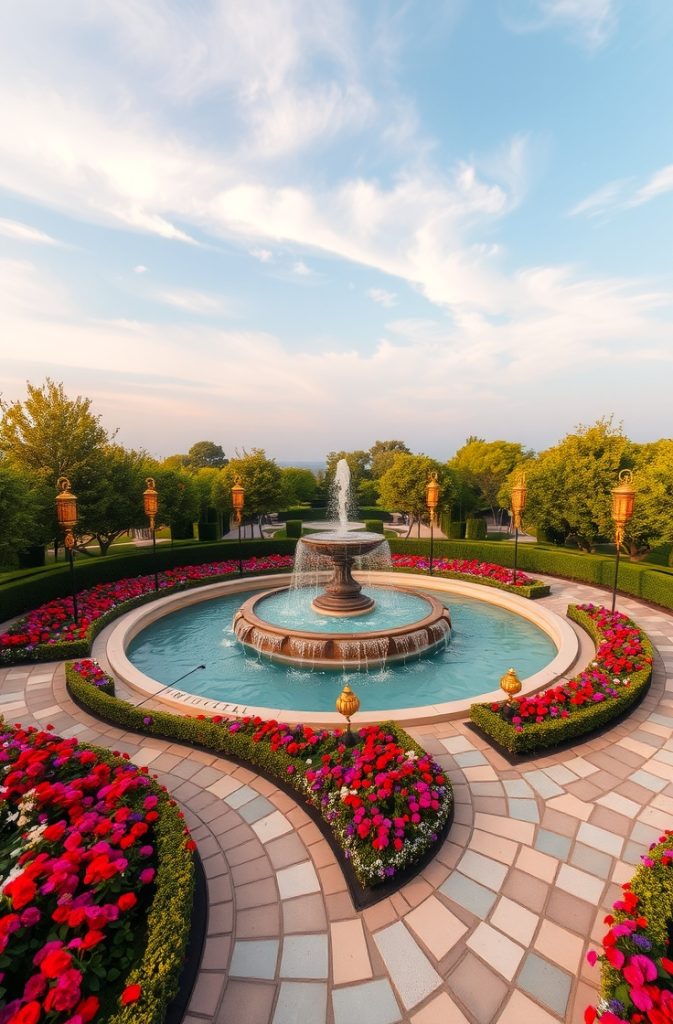
A circular garden layout stands out with curved paths and planting beds. A central feature, such as a small pond or tree, becomes the focal point.
This design works well in both large and small spaces, adding softness to the landscape.
5. Vertical Garden for Small Spaces

Limited space benefits from a vertical layout. Wall-mounted planters, trellises, and stacked pots maximize planting areas.
Climbing plants like ivy, jasmine, and tomatoes thrive in this design, bringing greenery to walls and fences.
6. Zen Garden for a Tranquil Atmosphere

A Zen-inspired garden offers a peaceful retreat. Minimalist design, gravel pathways, and carefully placed stones create harmony.
Small water features and bamboo plants add to the serene ambiance, making this layout ideal for meditation.
7. Herb and Vegetable Garden for Practicality
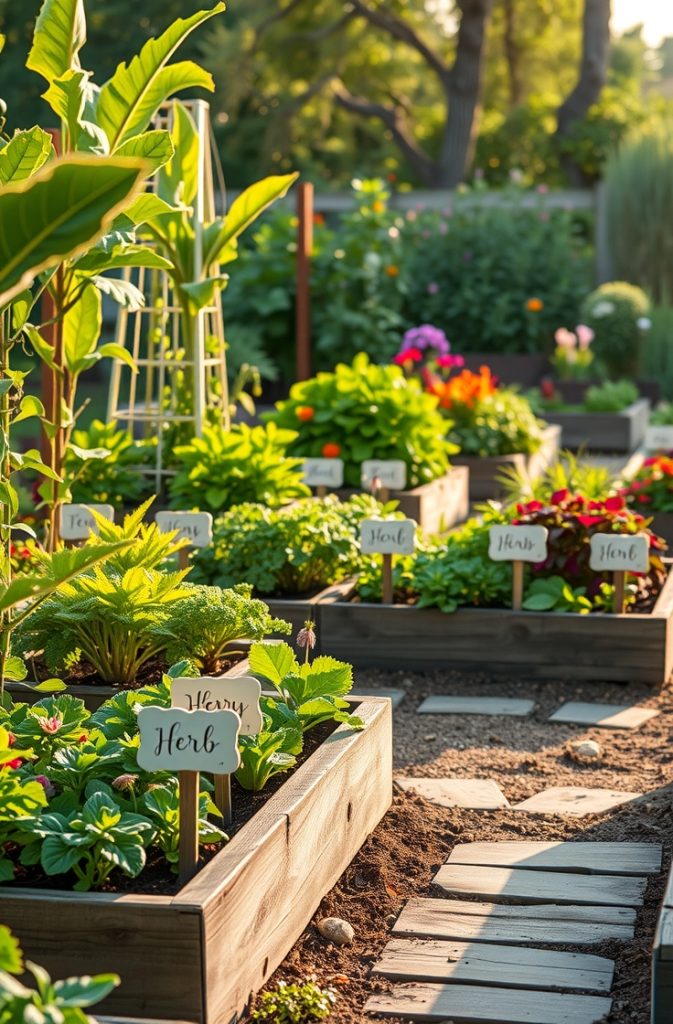
A kitchen garden provides fresh produce and herbs while adding beauty to the landscape. Raised beds, trellises, and companion planting techniques maximize growth.
A designated space for herbs near the kitchen door adds convenience.
8. Wildlife-Friendly Garden for Biodiversity
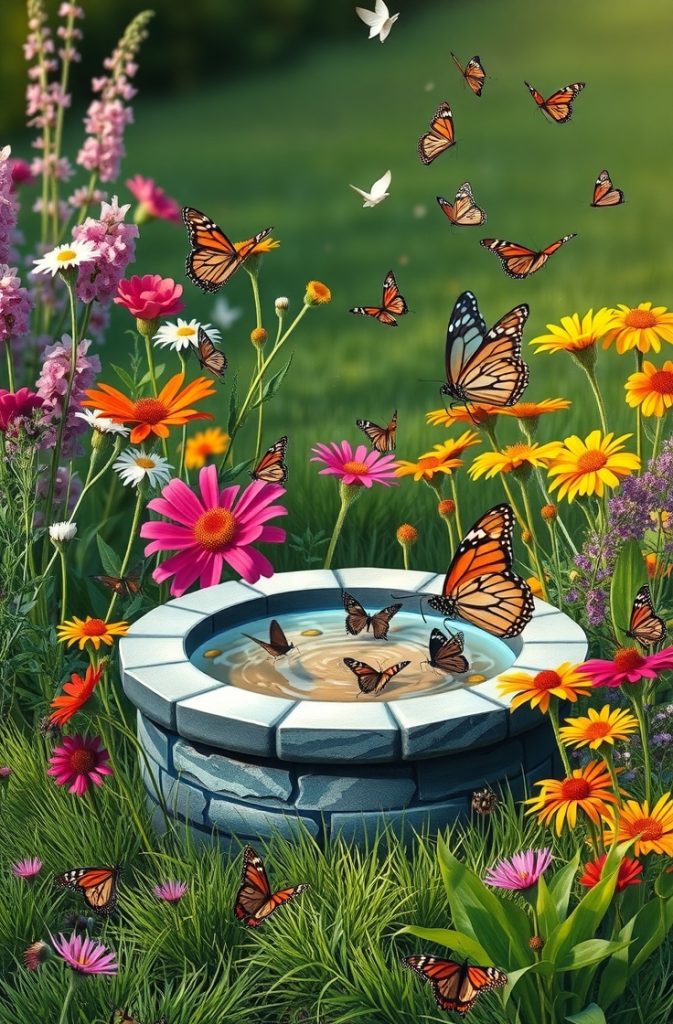
A garden designed for birds, bees, and butterflies creates a lively atmosphere. Native plants, water sources, and flowering shrubs attract pollinators.
A mix of trees and tall grasses provides shelter for small creatures, enhancing biodiversity.
9. Modern Minimalist Garden for a Sleek Look
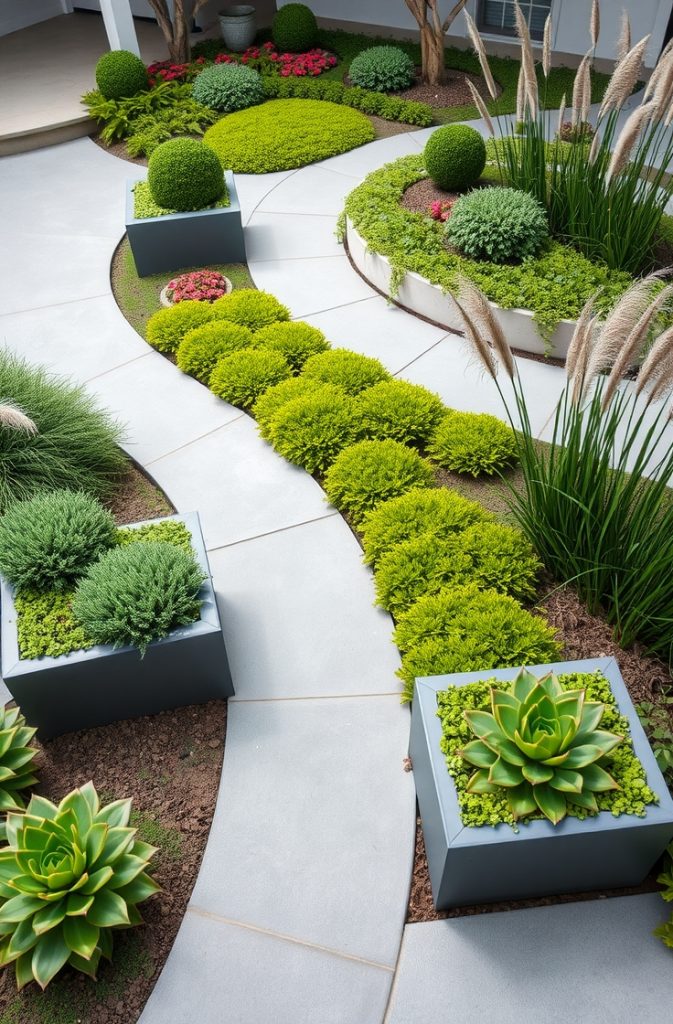
Clean lines and simple plant choices define a modern minimalist garden. Concrete pathways, geometric planters, and low-maintenance greenery create an uncluttered aesthetic.
Ornamental grasses and succulents add texture without overwhelming the space.
10. Woodland Garden for a Natural Retreat
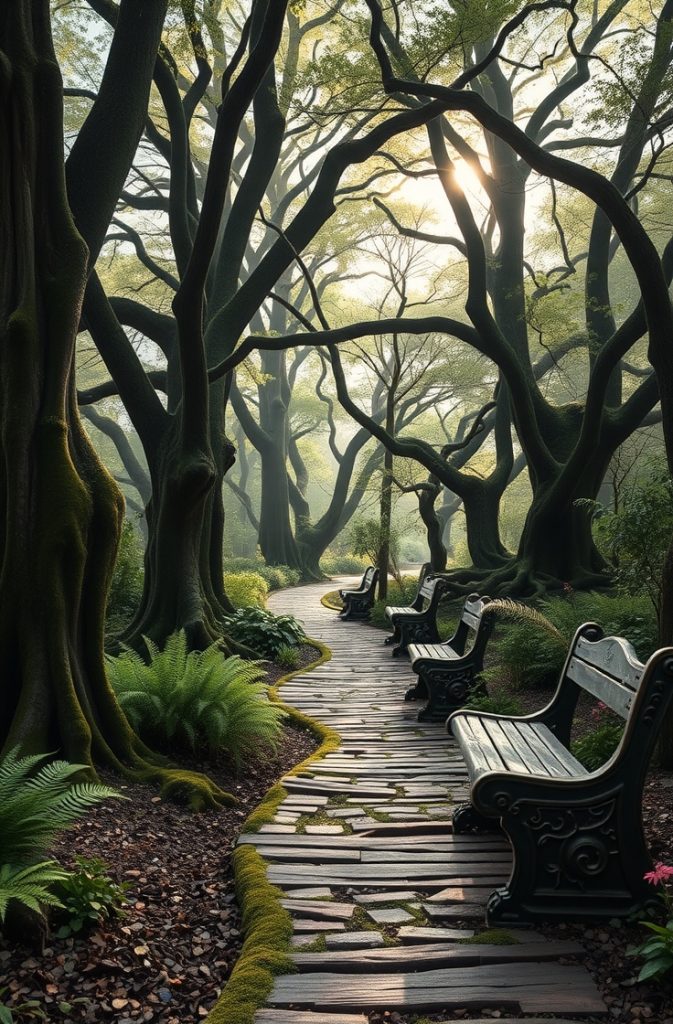
A woodland garden blends seamlessly with nature. Tall trees, native plants, and shaded pathways create a peaceful environment.
Benches placed under trees provide relaxation spots, while ferns and wildflowers add softness to the scene.
FAQs
What is the best garden layout for a small space?
A vertical garden or a raised bed layout maximizes space and allows efficient planting. Hanging pots and trellises also help in small areas.
How do I maintain a low-maintenance garden?
Choosing native plants, using mulch to retain moisture, and incorporating self-watering systems reduce maintenance. Minimalist gardens with succulents require little upkeep.
What is the best layout for a vegetable garden?
A raised bed or symmetrical grid layout ensures organized planting. Companion planting techniques improve yield and pest resistance.
How can I create a peaceful garden?
A Zen garden with gravel paths, bamboo, and a water feature promotes relaxation. Woodland gardens also provide a tranquil atmosphere with natural shade.
What plants work best in a wildlife-friendly garden?
Native flowering plants, fruit-bearing shrubs, and nectar-rich flowers attract birds, bees, and butterflies. Adding a birdbath or feeder encourages wildlife.
Conclusion
A well-designed garden layout enhances outdoor spaces, making them functional and visually appealing. The right plan depends on available space, personal style, and maintenance preferences.
From structured symmetry to free-flowing natural designs, each layout brings unique benefits. Experimenting with different elements helps create a personalized retreat that thrives throughout the seasons.
